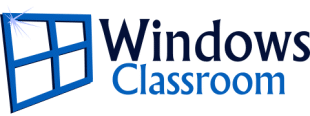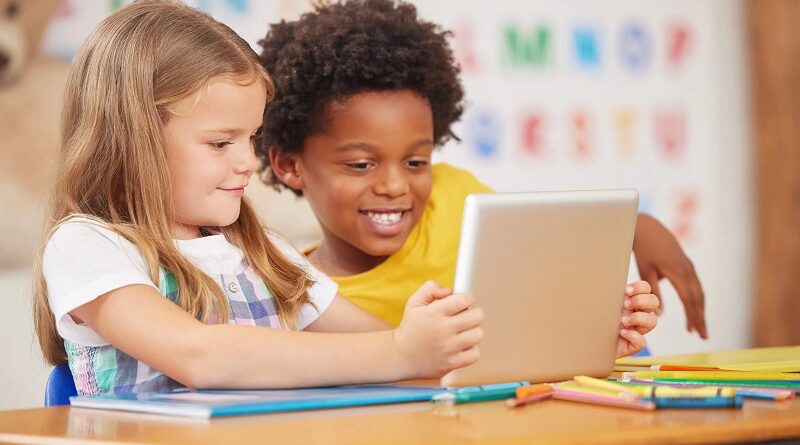The Top Technologies Used in Early Childhood Education in Ohio
Early childhood education centers such as this Daycare & Early Learning Academy Columbus Ohio play a crucial role in a child’s development. It sets the foundation for their future learning and helps them acquire essential skills. In today’s digital era, technology has become very crucial part of early childhood education. Various technological tools and devices are being used to enhance the learning experience and make it more interactive and engaging. This article will explore the concept of early childhood education and some of the top technologies you might find in and around these classrooms.
Table of Contents
What is early childhood education?
Early childhood education refers to the educational programs and activities generally designed for children from birth to around eight years old. However, some education centers take this a step further. For example, the Ohio-based Advantage Early Learning Academy offers a summer program to promote the continued development of children up until 12 years old. Overall, early childhood education focuses on providing a nurturing and stimulating environment that supports children’s physical, cognitive, social and emotional development during their early years. Early childhood education aims to promote learning through play, exploration and hands-on experiences which can be facilitated through the use of various technologies. It includes focuses such as storytelling, art and music, both in their physical and virtual forms, as well as structured learning activities that help children develop essential skills and knowledge. The goal of early childhood education is to lay a strong foundation for future learning and development, fostering a love for learning and preparing children for success in school and life.
E-Books
E-Books have revolutionized the way children learn and read. These digital books offer interactive features such as animations, audio and video elements, making the reading experience more immersive. E-Books also provide the option to adjust font sizes and colors, catering to children with different learning needs. With the availability of a wide range of e-books, children can explore various genres and topics, fostering a love for reading from an early age.
Smartboards
Smartboards have replaced traditional blackboards in many classrooms. These interactive whiteboards allow teachers to display and manipulate digital content, making lessons more engaging and interactive. Smartboards enable teachers to incorporate multimedia elements, such as videos and images, into their lessons, enhancing the learning experience. Students can also interact with the smartboard, solving problems and participating in activities, promoting active learning.
Tablets
Tablets have become increasingly popular in early childhood education due to their portability and versatility. These handheld devices offer a wide range of educational apps and games specifically designed for young learners. Tablets provide interactive and engaging learning experiences, allowing children to practice various skills, such as reading, writing, and problem-solving. They also offer personalized learning opportunities, adapting to each child’s pace and level of understanding.
Interactive Media like Apps and Games
Interactive media, such as educational apps and games, have transformed the way children learn and engage with content These digital tools provide interactive and hands-on learning experiences, allowing children to explore and experiment in a safe and controlled environment. Educational apps and games cover various subjects, from math and science to language and creativity, catering to different learning styles and preferences.
You might also like: How internet helped in study during pandemic time
Programmable Toys
Programmable toys, such as robots and coding kits, are gaining popularity in early childhood education. These toys introduce children to the basics of coding and programming in a fun and interactive way. By manipulating and controlling these toys, children develop problem-solving skills, logical thinking and creativity. Programmable toys also encourage collaboration and teamwork, as children can work together to solve challenges and complete tasks.
Role-Play Toys
Role-play toys, such as defunct mobile phones, laptops, or keyboards, provide children a Daycare & Early Learning Academy Columbus Ohio with opportunities for imaginative play and exploration. These toys allow children to mimic real-life situations and engage in pretend play, fostering creativity and social-emotional development. Role-play toys also help children develop fine motor skills and hand-eye coordination as they manipulate and interact with the toys.
3D Printing
3D printing technology has made its way into early childhood education, offering endless possibilities for creativity and hands-on learning. Children can design and create their own objects using 3D modeling software and then bring them to life with a 3D printer. This technology promotes problem-solving, critical thinking and spatial awareness. It also allows children to explore concepts such as shapes, sizes and proportions in a tangible and interactive way.
Digital Cameras and Video Cameras
Digital cameras and video cameras enable children to document their learning experiences and express their creativity. By capturing photos and videos, children can reflect on their activities and share their achievements with others. These devices also promote visual literacy and storytelling skills, as children learn to compose shots, frame their subjects and convey messages through images and videos.
Scanners
Scanners are useful tools in early childhood education for digitizing and preserving children’s artwork, projects and other physical creations. By scanning their work, children can create digital portfolios and share their achievements with their peers and families, something that may be offered at centers such as Advantage Early Learning Academy. Scanners also provide opportunities for children to explore concepts such as size, shape and texture as they scan different objects and materials.
Projectors
Projectors are commonly used in early childhood education to display visual content and enhance learning experiences. Teachers can project images, videos and presentations onto a large screen, making it easier for children to see and understand the information. Projectors also facilitate group activities and discussions, as children who attend a Daycare & Early Learning Academy Columbus Ohio can gather around the projected content and engage in collaborative learning.
Conclusion
Technology has undoubtedly transformed early childhood education, making it more interactive, engaging and personalized. E-books, smartboards, tablets, interactive media, programmable toys, role-play toys, 3D printing, digital cameras, scanners and projectors are just some of the top technologies being used in early childhood education today. These technologies provide children at centers such as Advantage Early Learning Academy with opportunities to explore, create and learn in innovative ways, setting them up for success in their educational journey.
Follow Us On:
